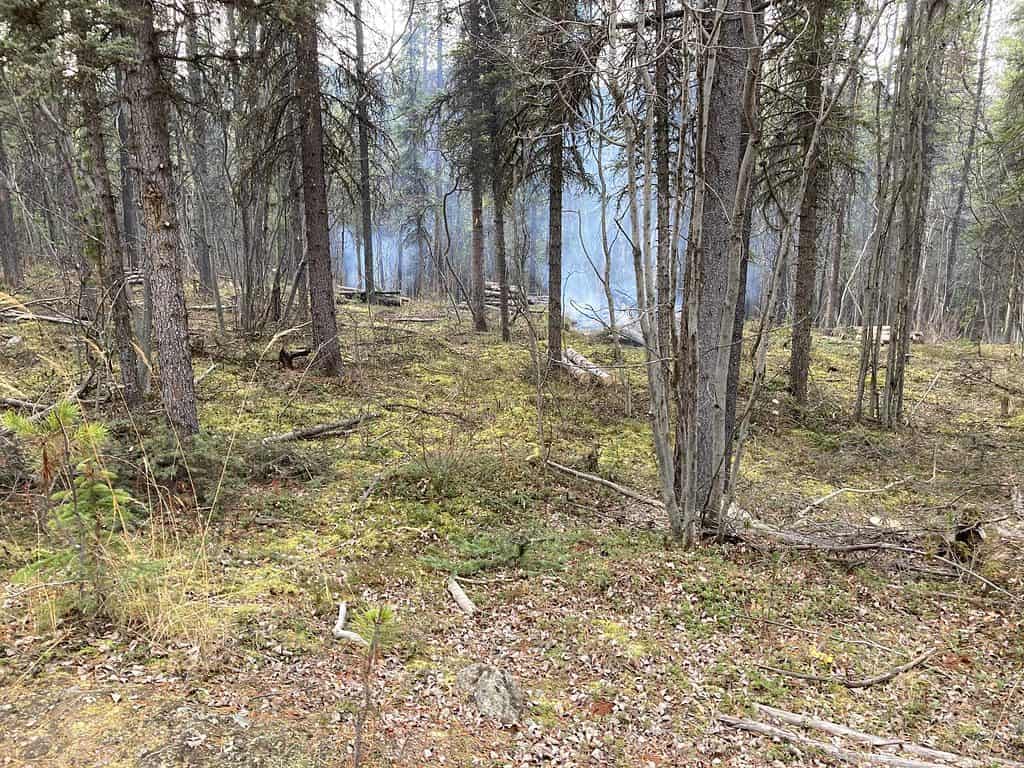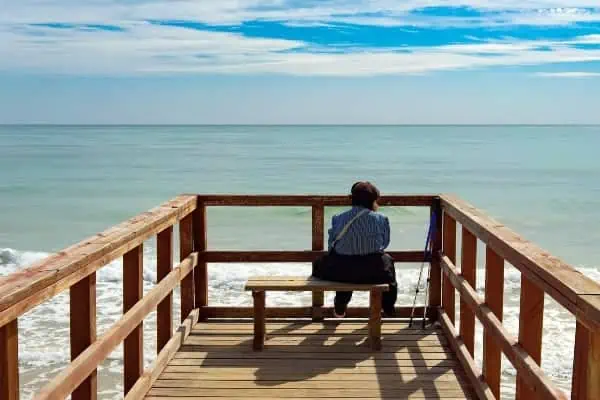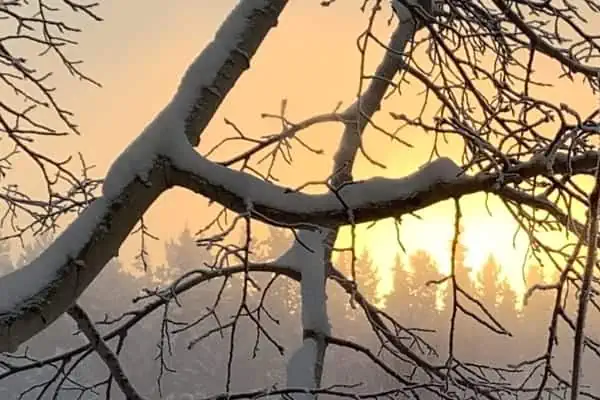My first real experience of the boreal forest was on a canoe trip at age 20. I grew up in Canadian Shield country, on the banks of the St. Lawrence River. Rocks were what I mostly noticed and loved. But a few kilometres north of the town where I lived were remnants of the boreal forest, scattered patches among the rock-strewn clearings for farmland. Farther north were larger and larger patches of forest (1950s). However, it was my first canoe trip into Algonquin Park that forged my lifelong connection to the boreal forest. My family were not particularly outdoor types, so I am not sure where my urge to go to the forest came from. My parents said I must be a throwback to a First Nations ancestor who married into my United Loyalist family when they arrived in Ontario in 1769. At age 16, I had saved enough babysitting money to buy a canvas-covered canoe that was beginning to rot on a neighbour’s lawn and that proved to be my ticket to the wilderness.
After that time of my life, my work took me to many places in the world where the Canadian boreal forest was just a memory, folded away like a treasure map for some future date. So, in 2012, when we decided to check out Whitehorse as a place to retire, my urge was to find a place to live in the forest. Realizing this might not be the wisest move at that age, we were thrilled to find a house whose backyard gate led directly into the woods. I took great joy in telling friends, across Canada, that outside of our backyard, there was wilderness all the way to Alaska and the Pacific Ocean.
At least once a day, almost every day for the past nine years, I have walked in that forest in the dark mornings of winter, with frost on my eyelashes and a headlamp to light the path, in bright sunshine at 11 p.m., and everything in-between. At times, I have a very strong feeling that the trees are communicating with me. And learning that they do communicate with each other, by underground networks of mycelium, seems to be completely understandable.

Then came the reality of climate change and my growing awareness of the risks of wildfires in the boreal forest. I understand that fires are a natural part of the life of the forest, but that if we want to live in a “wilderness city,” it is necessary to protect our communities from fire. I saw the devastation in BC’s forests and in places like Fort McMurray, and I do not want that to happen here.
However, the reality of “fire smarting” breaks my heart. The dense forest outside my gate has been reduced to a park-like area of well-spaced trees and cleared forest floor in-between.
Will the Arctic lupines light up the forest again in May? Will there still be carpets of cranberries and mushrooms? Will the lichens be the same? Where will the birds build nests next spring? I have stopped chasing the neighbouring squirrel away from the bird feeder. She has fewer trees from which to harvest cones. And what is happening to the trees that have lost their mother trees? The sound of chainsaws and chippers has serenaded all of my walks, in the last couple of years, and I hear talk of a wide area clear of trees needed around the city.
I don’t like climate change and the ensuing climate chaos. But it is here, so at least I must adapt and do my small part towards mitigation. And now, on my daily walks, I mourn the loss of the trees and find myself silently apologizing to the ones left standing. Perhaps that is crazy, but it is part of my adaptation.




